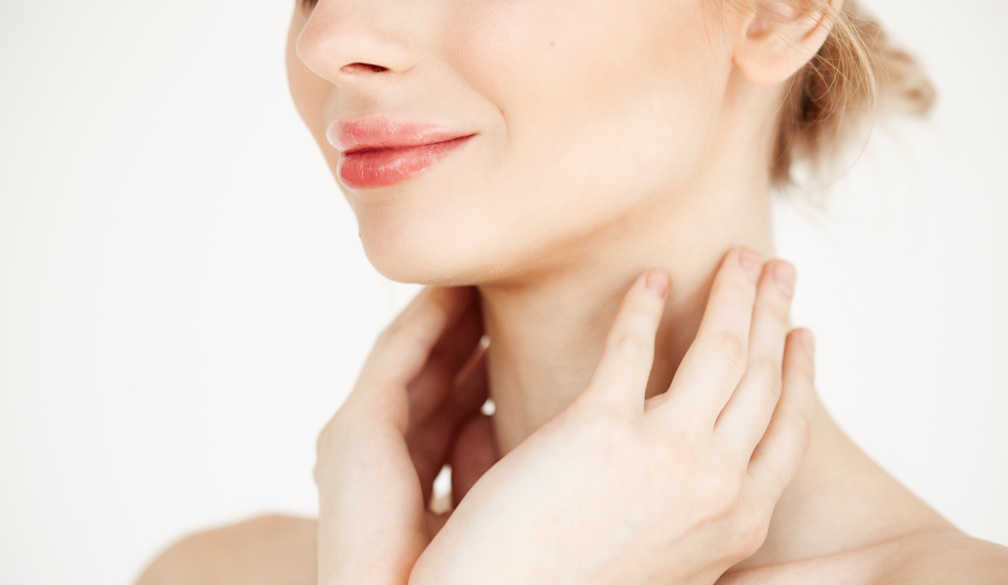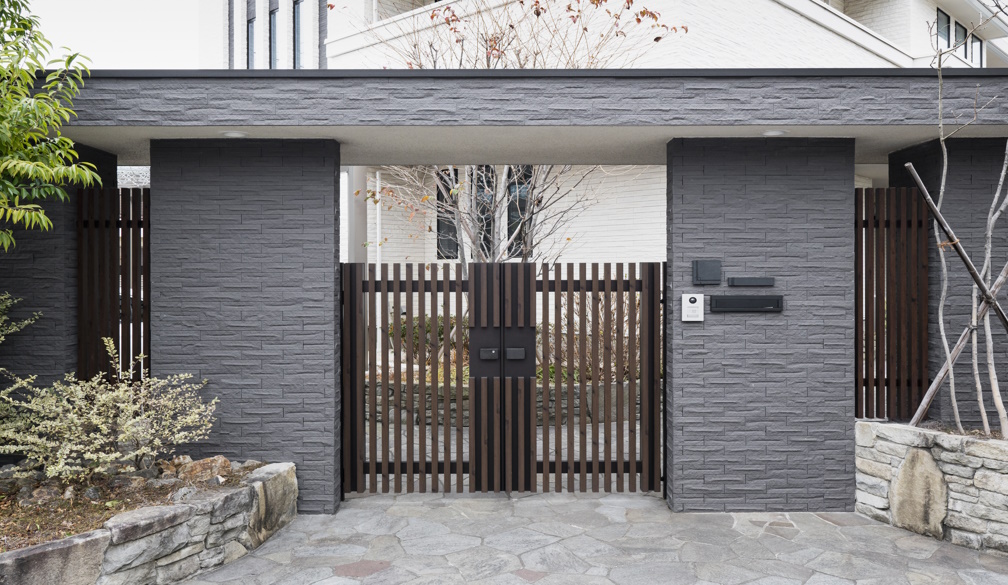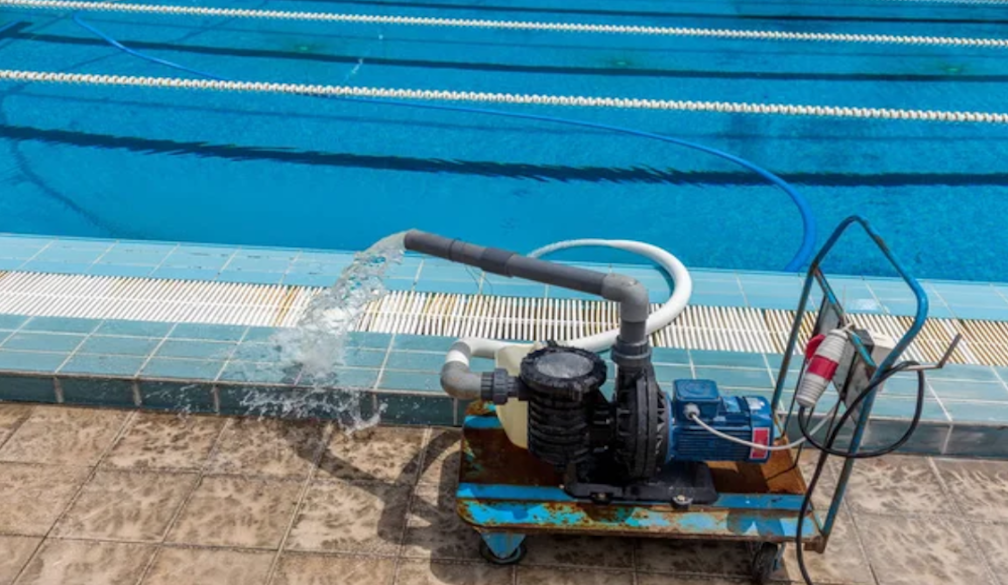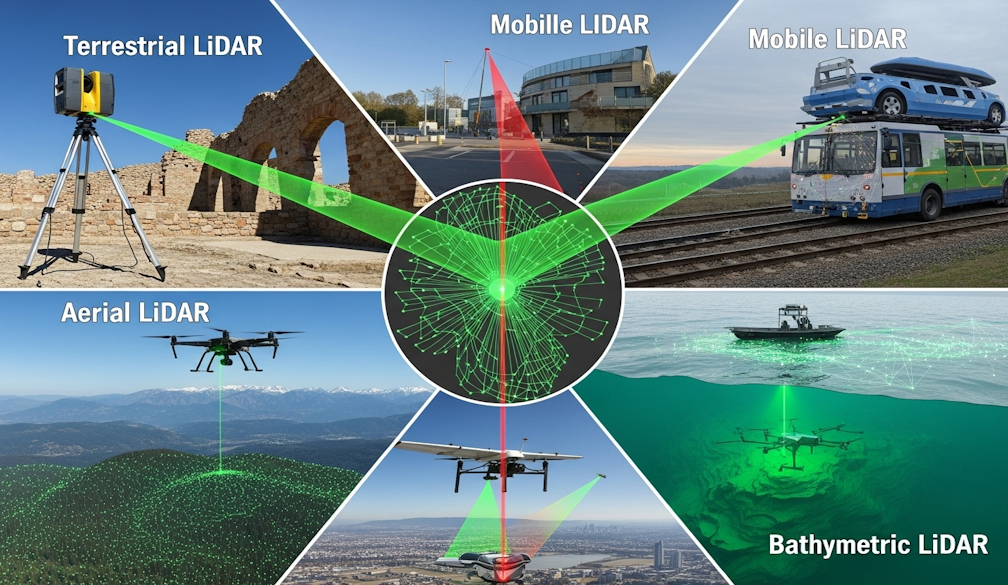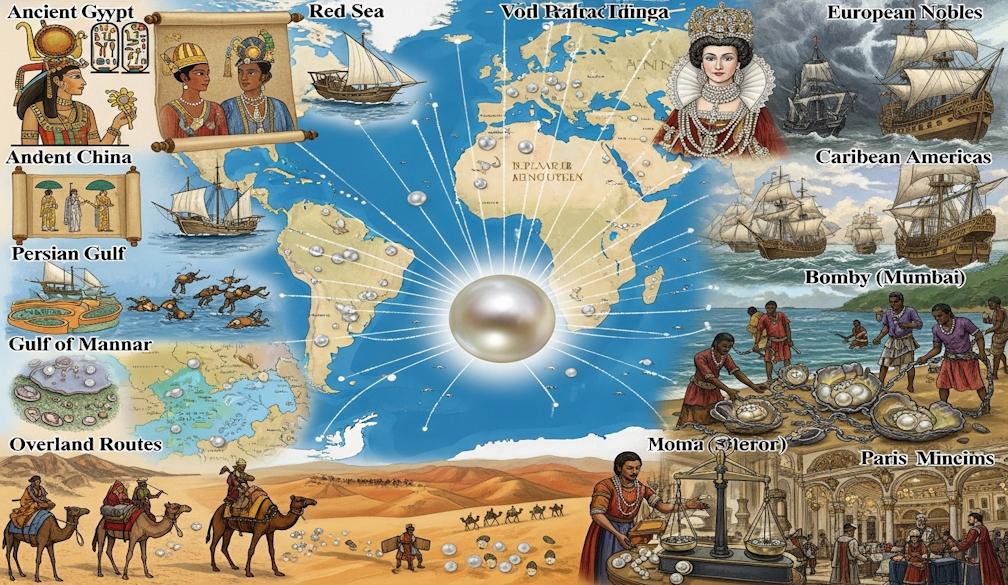How are racehorses really treated in the ‘sport of kings’?
- Written by Cathrynne Henshall, Post-doctoral Fellow, School of Agricultural, Environmental and Veterinary Sciences, Charles Sturt University
It’s the time of year when shiny horses and colourful clothing fill our screens – the Spring Racing Carnival, which includes high profile races like The Everest, Melbourne Cup and Cox Plate.
It’s also the time of year when questions are asked about the welfare of racehorses that compete in the so-called “sport of kings”.
Previously, high profile deaths during races, the use of whips and what happens to horses after racing have been the focus of community concern.
But recently, as we’ve come to know more about what makes a good life for a horse, questions are being raised about the daily lives of racehorses.
Industry participants will point to the high level care that racehorses receive – comfortable stables, specially formulated diets, the latest vet treatments and added extras such as massages and swimming sessions.
But does this care translate into good welfare?
The theory of ‘telos’
Firstly, a quick primer on the difference between care and welfare.
Care includes all the things that make sure racehorses get fit, stay fit and stay healthy. This care helps maximise the chance a horse will win races.
Welfare is the animal’s subjective or individual experience of its life – how it feels – and there are a number of ways to assess this.
One way is the concept of “telos”, originally developed by Ancient Greek philosopher Aristotle.
Telos is a species’ anatomical, physiological, behavioural and cognitive characteristics that have been shaped by millions of years of evolution.
Telos helps us to identify what matters to animals – their behavioural, psychological and physiological needs.
So to consider if racehorse care actually translates to good welfare, we can assess how closely it provides the animal with the things that matter to them, based on their telos.
Equine telos involves living in groups, forming long-lived social relationships, grazing fibrous plants and being on the move for up to 18 hours a day, as well as staying safe by sensing danger and then moving away.
It also involves living in variable environments to solve challenges, learn, engage in curiosity and play.
Let’s compare that to the daily life of a racehorse.
Movement and feeding
Firstly, the vast majority of racehorses live in stables – sometimes up to 23 hours a day.
Multiple studies have found continuous stabling harms horse welfare.
Stables significantly restrict opportunities for voluntary movement, and studies show stabled horses spend the majority of the time inactive.
Even though stables house horses communally, most designs limit horses’ opportunities for social interaction.
Thirdly, there’s little for a horse to do in a stable other than eat, stand, drink or lie, and they often develop abnormal behaviours that are associated with stress. These are never seen in free-ranging horses.
When racehorses do get to move, they have little say over how far, how fast and for how long they move.
The kinds of physical exercise racehorses do are both significantly shorter in duration and at much higher speeds than horses voluntarily choose. It’s those speeds that place them at risk of suffering a serious injury.
What about diet?
Although a lot of time and effort is spent ensuring racehorses enjoy high quality diets, they are mostly comprised of concentrated energy sources such as grains, rather the fibre horses evolved to eat.
Horses are trickle feeders (grazers), with small stomachs that continuously secrete digestive juices.
In the wild, grazing keeps those stomachs full, which prevents the stomach lining from being damaged by digestive acids.
In comparison, racehorses often consume their food very quickly – instead of spending up to 75% of their day eating, they spend only 33%.
This means their stomachs are empty for most of the day, which is why up to 65% will get painful gastric ulcers.
And having to wait to be fed rather than eating when hungry, as happens in free-ranging horses, can lead to frustration.
Other difficulties
Racehorses may be whipped, and more than 50% will experience some form of musculoskeletal injury during racing, of which between 7-49% are fatal.
Social relationships, in the limited form possible in a racing stable, are also frequently disrupted because horse populations are highly transient due to spelling, retirement or even just going to the races.
So even if two horses are able to form a relationship of sorts, chances are one will be taken away. Separation distress is a significant stressor for horses.
Then there’s the gear that’s used to control them.
Horses, like most animal species, escape and avoid painful stimuli.
However, in racing (and many other equestrian activties) it is mandatory to use “bits” to control horses’ behaviour during riding and handling. Bits work by causing uncomfortable pressure and pain and may lead to mouth injuries.
Studies have shown many people don’t understand how to minimise the harm they can cause. In addition, people also vary widely in their ability to read and interpret behavioural responses to stress.
So, racehorses may be repeatedly exposed to pain from bits and perform a range of behaviours to try to escape that pain, like bolting, mouth opening or head tossing.
To remedy this, additional items of restrictive equipment, such as tongue ties, nosebands, lugging bits or bit burs may be used to control the horse.
Racehorses frequently show signs of difficulty coping with the stressors of racing life, including “going off their feed”, aggression towards handlers, becoming hard to control when ridden and a range of stress behaviours and health issues, such as bleeding from the lungs.
What about welfare?
Racehorse care is often directed towards managing issues that are the direct result of the demands of the racing environment.
Fancy stables and aqua sessions are not important to horses, and may even cause harm.
What matters to horses are opportunities to make meaningful choices, such as the freedom to move, form friendships and graze for the majority of the day.
Current racing industry practices often deny horses the chance to make these choices.
There’s no doubt people in racing care deeply about their horses. But to experience good welfare during racing, racehorses need more than just good care.
Authors: Cathrynne Henshall, Post-doctoral Fellow, School of Agricultural, Environmental and Veterinary Sciences, Charles Sturt University
Read more https://theconversation.com/how-are-racehorses-really-treated-in-the-sport-of-kings-240998









